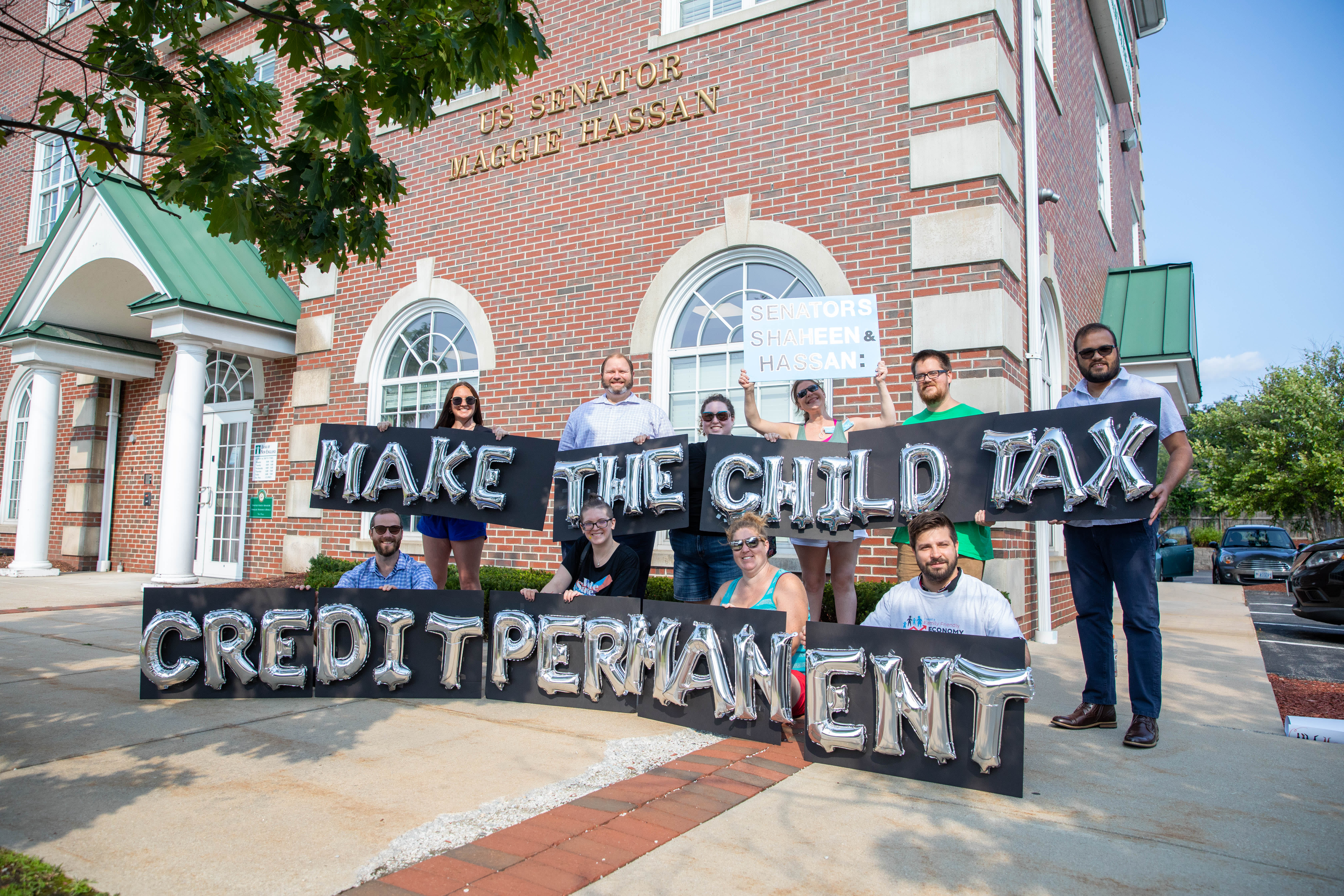Products You May Like
Democrats on Capitol Hill will face a big task when they regroup in the new year — finding common ground on the Build Back Better legislation.
One key question leaders will address in the negotiations is whether to extend the enhanced child tax credit — which was temporarily increased to $3,000-to-$3,600 per child as part of Covid-19 relief enacted earlier this year.
“It seems like the child tax credit is a major sticking point right now,” said Shai Akabas, director of economic policy at the Bipartisan Policy Center.
More from Personal Finance:
Some Americans may receive more stimulus money this tax season
10 million children will fall back into poverty when the enhanced child tax credit ends
Parents worry about the end of monthly child tax credit checks
The reason for the difficulty is that Democrats want to move the roughly $1.75 trillion package through via reconciliation, or a simple one-party majority. That means every Democrat in the Senate and House needs to agree on it.
One Senator in particular — Sen. Joe Manchin, D-W.Va. — recently said he will not vote for the bill in its current form. He has also taken issue with the existing child tax credit proposal, in part due to high costs.
For families who have come to count on the monthly checks of up to $300 per child, the clock is ticking.
The last monthly payments totaling about $16 billion were sent this month to more than 36 million families.
Congress will need to pass new legislation to authorize any more payments.
“It is politically the least popular part of Build Back Better,” said Ed Mills, Washington policy analyst at Raymond James. “But I think what Democrats are hoping for is that that popularity changes once checks don’t get deposited in January.”
Where lawmakers could compromise
The enhanced child tax credit will total $3,000 per child ages 6 through 17, and $3,600 per child 5 and under.
This is not the first time lawmakers have sweetened the credit. In the Tax Cuts and Jobs Act passed under President Donald Trump in 2017, it was increased to $2,000 per child under 17, up from $1,000.
While the child tax credit has been traditionally bipartisan, there are some sticking points that have created dissention with this proposal.
Some tinkering with the availability of the credit to those at higher income levels seems like it could be part of the solution.Shai Akabasdirector of economic policy at the Bipartisan Policy Center
In order to get more money to families, minimum income requirements were removed. The minimum earnings to qualify for the credit was previously $2,500. It was also made fully refundable, so people can access the full credit regardless of their income or tax liabilities.
Some critics have suggested those terms could create a disincentive to work. Recent research from the University of Chicago estimated that it could prompt about 1.5 million workers to leave the work force.
The Bipartisan Policy Center has floated a proposal that would make the credit available to everyone at the bottom end of income levels and then phase in with additional money with higher incomes.
Critics have also taken issue with the fact that higher income families can also access the credit.
The more generous child tax credit is only available to taxpayers under certain income thresholds — up to $150,000 in adjusted gross income for married couples who file jointly, for example. That phases out to the original credit amount of $2,000 per child for people with incomes above those thresholds.
A second phase-out reduces the credit to less than $2,000 per child for those with incomes of more than $400,000 if married and filing jointly and $200,000 for all other filing statuses.
Some tinkering with the availability of the credit to those at higher income levels seems like it could be part of the solution to reduce the total cost, Akabas said.
What families can expect
Parents who have come to rely on the monthly payments may get a sudden shock in January.
The IRS has said that an agreement would need to happen by Dec. 28 in order to get more monthly payments out by Jan. 15.
Families who qualify for the credit can take heart that the remaining sums will be available when they file their taxes. Generally, those who received the monthly payments are slated to receive the second half of the credit — either $1,500 or $1,800 per child.
For now, it remains to be seen what kind of compromises may emerge.
The Center on Budget and Policy Priorities has warned that about 10 million children could fall into poverty or deeper poverty if the enhanced credit ends.
“If the policy goal here is really surrounded by poverty and hunger, targeting it to lower-income households seems to be what would make the most sense,” Mills said.
If lawmakers cannot agree on including the child tax credit expansion in Build Back Better, they may pursue it through separate bipartisan legislation. This week, Sen. Mitt Romney, R-Utah, vowed to work with both parties to create “lasting, fiscally-responsible CTC reform.”
But such efforts could take well into the first half of the year, Akabas said.
“Time is of the essence in terms of reaching a resolution so that families can have certainty about what their finances look like going forward,” Akabas said.
